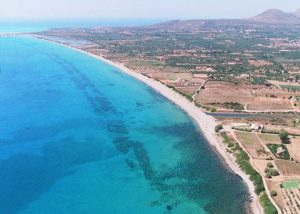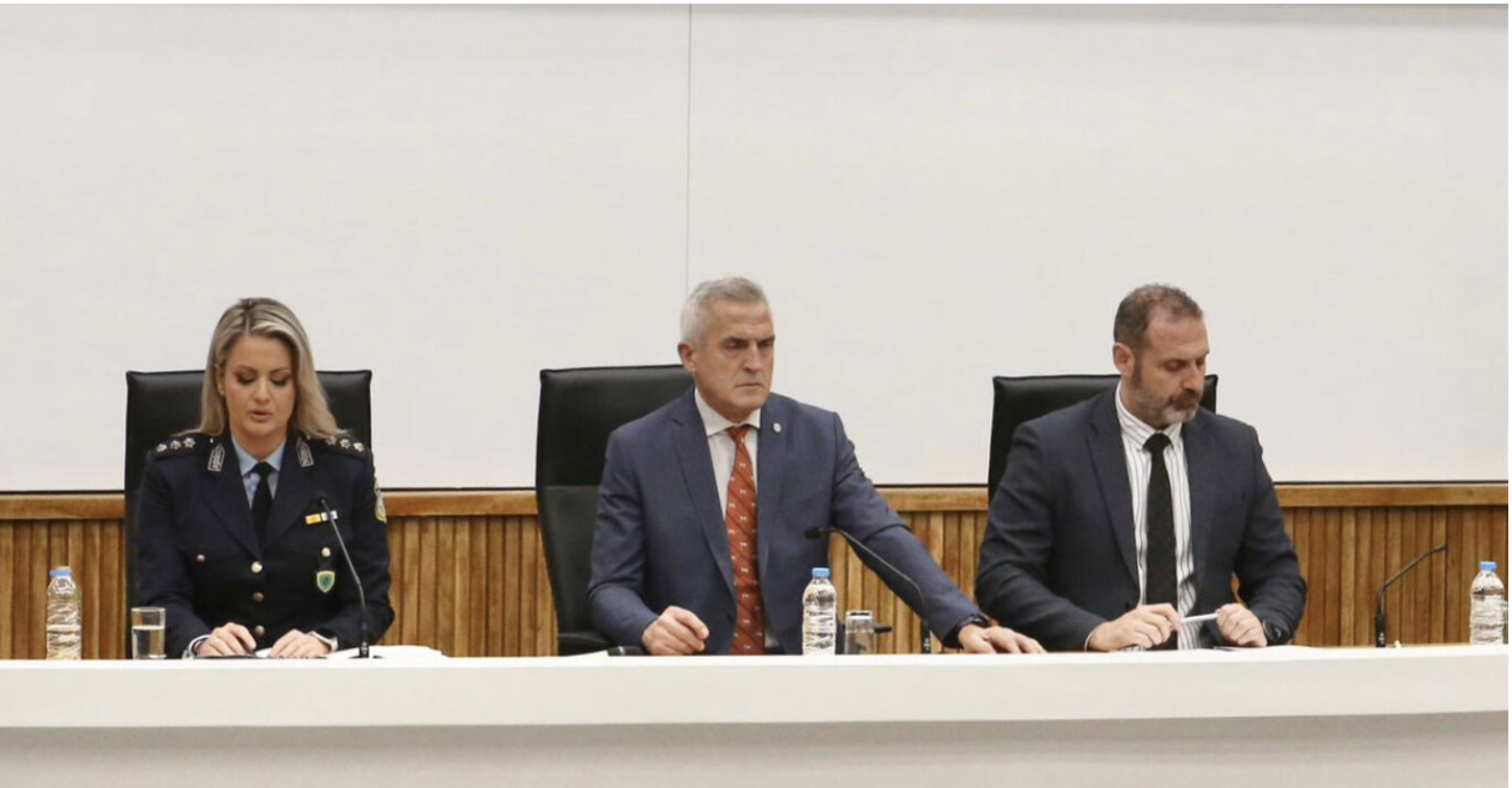Greece is littered with secret treasures waiting to be explored by an adventurer. Sometimes those hidden gems can be found on the land, but other times they might be under the beautiful blue waters. Did you know that there is a sunken ancient city in the area of Laconia a few meters below the sea?
The underwater city of Pavlopetri
In Elafonisos, near Pavlopetri of Laconia there is an ancient settlement of 2800 BC and it has been preserved in excellent condition. But it is under water. The city of Pavlopetri, underwater off the coast of southern Laconia in Peloponnese, is one of the oldest submerged lost cities, as well as the oldest in the Mediterranean sea.
Incredibly, the remnants of the ancient city is located only 4 metres under the sea allowing anyone to potentially “visit” them. Through the photos one can distinguish the sunken two-storey houses with gardens, temples, a cemetery and a port.
So far, 15 buildings with at least 12 rooms each have been identified, as well as a complex water management system with canals and water pipes. Researchers managed to digitally “rebuild” the settlement.
Scattered throughout the city are statues, large clay amphorae, tools and other objects of daily use. In total it occupies an area of about 9 acres and is probably the oldest sunken city in the world.
What do scientists guess about the ancient Greek city?
What do scientists say about this city now? It is probable that the city was submerged by an earthquake of 8 Richter, around 1,000 BC. According to other theories, the event took place sometime in 375 AD. In 2011 the BBC presented for the first time a documentary about Pavlopetri, the “city under the waves” in three-dimensional representation. Geologist Fokion Negris, the first president of the Academy of Athens, was the first to describe the underwater city in 1904!
533 million Facebook users’ phone numbers and personal data have been leaked online
Lemmy Kilmister’s ashes were put inside bullets and given to friends (video)
In 1967, Nicholas Fleming, a professor of oceanography at the University of Southampton, discovered the sunken ancient Greek city and the following year mapped it with a team of archaeologists from the University of Cambridge, in collaboration with Sparta Antiquities Superintendent Professor Angelos Delivorias. In 2009, John Henderson of the University of Nottingham took over as head of the archeological mission. Henderson created a digital display that shows what the city could have looked like before it sank.
Ask me anything
Explore related questions





